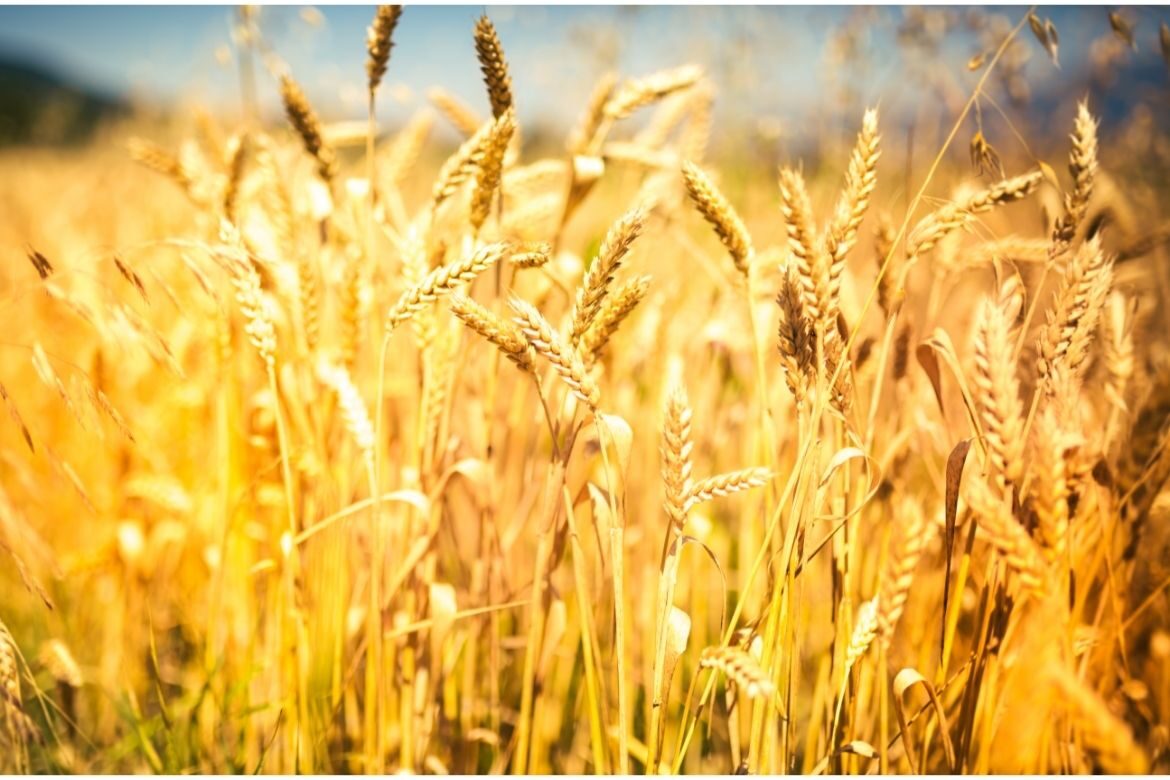The Irish Farmer’s Association (IFA) has shared the latest grain market update, as per 29 April 2022. This shows that futures markets firmed again this week following small declines as last week progressed, poor US crop condition and the war in Ukraine continue to provide support to markets.
Glanbia offered €320 and €310/t green for feed wheat and barley this week, which is an increase of €3/t on last week. FOB Creil malting barley for week 3 settled at €410/t, average to date is now €400.66.
Oilseed rape prices continue to strengthen weekly and new crop contracts continue to break record highs, this is on the back of restricted palm oil exports from SE Asia and also smaller crop plantings in Canada.
Grain policy news is that the National Grain Chairman and Grain Policy Executive attended a meeting with DAFM on the Nitrates Action Programme this past week. The need for flexibility on mandatory stubble cultivation during wet harvest weather was stressed. 6m buffer zones for late harvested crops will be required on continuous blue line watercourses on OSI Maps.
The DAFM has shared that confirmation of the details on all measures expected of tillage farmers under the Nitrates Action Programme will be finalised by the nitrates expert review group by the end of June 2022,.
The EU Commission has responded to Ireland’s CAP 2023-2027 strategic plan, the continuation of the 3-crop rule and existing crop diversification measures were not received with open arms by the Commission, and the IFA grain committee will be monitoring this very closely.
Cereal seed sales are forecast to be up by 5% under the Tillage Incentive Scheme, but early indications from industry sources suggest maize plantings will show a larger jump.
In terms of global grain supply and demand, global maize production is said to fall by 13MMT in 22/23 according to the International Grains Council.
Statistics Canada shows that Canadian planting intentions were published on 26 April with rapeseed plantings expected to be 7% lower, but overall wheat area will be up 7%. This is expected to put further pressure on a tight global oilseed supply situation.
The EU Mars crop monitoring centre reports favourable weather conditions across Europe in general, but drought in some southern European countries is a concern.

